GLOSSARY OF TERMS
Business As Usual (BAU)
When an innovation is described as being business as usual (BAU), this means it has been adopted into the business and is being used as part of normal operations, typically following a development project or trial.
Call for Innovation
Calls for innovation are requests for innovation from our energy network partners across the sector, that aim to solve specific business issues.
Consumer or Customer Vulnerability
Ofgem’s ‘Consumer Vulnerability Strategy 2025‘ defines a vulnerable customer as ‘one who is significantly less able than a typical consumer to protect or represent their own interests, and/or significantly more likely to experience detriment, or for that detriment to be more substantial’.
Deployment Ready Solution
An innovation that’s fully developed at a technology readiness level (TRL) of nine and ready to be deployed for use in the energy industry.
Development Proposal
A proposal for an innovation that requires further work or development to raise its TRL.
Distribution Network Operator (DNO)
The distribution network operators (DNOs) own and operate the distribution network infrastructure which connects the transmission networks to the end consumer.
Distribution Systems Operator (DSO)
A distribution system operator (DSO) is responsible for operating and developing the active distribution system. This will involve managing the electricity network so that distributed sources of electricity generation, including large commercial and small domestic facilities, are considered and controlled when making network interventions.
Energy Systems Operator (ESO)
The electricity system operator is responsible for ensuring the stable and secure operation of the national electricity transmission system. This role is performed by National Grid Electricity System Operator (NGESO).
Gas Distribution Network (GDN)
The gas distribution networks (GDNs) own and operate the gas distribution network infrastructure, which transports gas from the transmission network to the end user.
Industry Challenge
Industry challenges are requests for proposals to solve wider, more general industry challenges than those put forward as calls for innovation.
Intellectual Property (IP)
Property, such as an idea, invention or process that derives from the work of the mind or intellect.
National Transmission System (NTS)
This is the high pressure network which transports gas from the entry terminals to DNOs, or directly to power stations and other large industrial users.
Net Zero
Net zero refers to the balance between the amount of greenhouse gas emissions being produced and the amount removed from the atmosphere.
Network Innovation Allowance (NIA)
The Network Innovation Allowance (NIA) is a funding mechanism introduced by Ofgem as part of the RIIO price control. It provides network operators with a set allowance to invest in innovative projects that would not typically be undertaken as part of their normal activities. These projects focus on facilitating the energy system transition and addressing consumer vulnerability.
Priority Services Register (PSR)
The Priority Services Register (PSR) is a free service provided by suppliers and network operators, designed to ensure that the required support is delivered to the networks’ most vulnerable customers.
RIIO/RIIO2
Ofgem, the energy market regulator, has a price control approach called RIIO (Revenues=Incentives + Innovation + Outputs) to ensure the energy networks have enough revenue to run an efficient network that delivers what customers need. One of the sources of investment in innovation (unique to Great Britain) is the the RIIO framework. The most recent price control period, known as RIIO2, will prepare energy networks to deliver net zero at the lowest cost to customers while maintaining world-class levels of system reliability and customer service, to ensure no customer is left behind.
Strategic Innovation Fund (SIF)
AS part of RIIO2 price controls, Ofgem has introduced the SIF to support transition to net zero. This fund supports large-scale transformational research and development projects.
Technology Readiness Level (TRL)
TRL is a method of measuring the maturity of an innovation or technology in relation to its development.
Transmission Operator (TO)
Transmission operators (TOs) are responsible for developing, operating and maintaining a high voltage electricity system within a distinct transmission area. In Great Britain, the TOs are National Grid Electricity Transmission plc (NGET) for England and Wales, Scottish Power Transmission Limited for southern Scotland and Scottish Hydro Electric Transmission plc for northern Scotland and the Scottish island groups.
Whole System
Joined up and efficient approaches across multiple aspects of the energy system, beyond a specific network around planning, forecasting, design, construction, operation, maintenance and data. (Source)
RIIO-ED2
RIIO-ED2 is the price control for the electricity distribution network, where network companies take power from the transmission network and deliver it at safe, lower voltages to homes and businesses. The price control runs for five years, from 2023-2028. The RIIO-ED1 price control covered the period from 2015-2023.
RIIO-T2
RIIO-T2 is the price control for the high voltage electricity transmission networks and high pressure gas transmission networks which transmit energy across Britain from where it’s generated. The price control runs for five years from 2021-2026.
RIIO-GD2
RIIO-GD2 is the price control for the gas distribution network, where network companies take gas from the transmission network and deliver it at safe, lower pressures to homes and businesses. The price control runs from 2021-2026. The RIIO-GD1 price control ran from 2013-2021.
